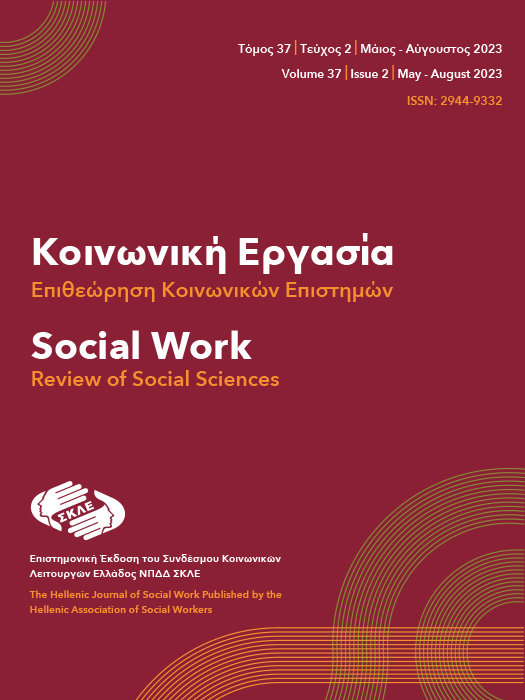The self-injurious behavior of young adults from the perspective of friends: A qualitative study

Abstract
This qualitative study explored how the close friends perceive, present, and influence their close young adult friends’ self-injurious behaviors. Non-suicidal-self-injury (NSSI) is defined as an intentional self-harmful act that has no suicidal intent. The most common parts of the body where self-injury occurs are hands, feet and upper trunk. Data was collected using the semi-structured interview and using snowball-sampling method. Twelve individuals participated, 8 females and 4 males, ages 19 to 25 years old. An inclusion criterion for the study was a close relationship with a friend who engaged in non-suicidal self-injurious behavior. Findings highlight how loose family bonds with the family and emotional insecurity from the family and in combination with low sociability and introversion can encourage self-injurious behaviors of young people. An intense change in the lives of individuals is another aggravating factor for that contributes to self-injurious behavior. However, a close friendship network seems to encourage and contribute to seeking help to manage self-injurious behavior. Friends of people who self-harm consider their contribution as positive and supportive in trying to free the person from self-harm. Social Work must utilize holistic models in its intervention in order to assess and evaluate all the systems to which a person belongs and interact, aiming to understand and interpret the complexity of the situations that lead a person to engage in self-injurious behaviors.
Article Details
- How to Cite
-
Koutra, K., Sparos, L., & Kokaliari, E. (2023). The self-injurious behavior of young adults from the perspective of friends: A qualitative study. Social Work. Review of Social Sciences, 37(2), 1–26. https://doi.org/10.12681/socialwork-rss.36330
- Section
- Article


